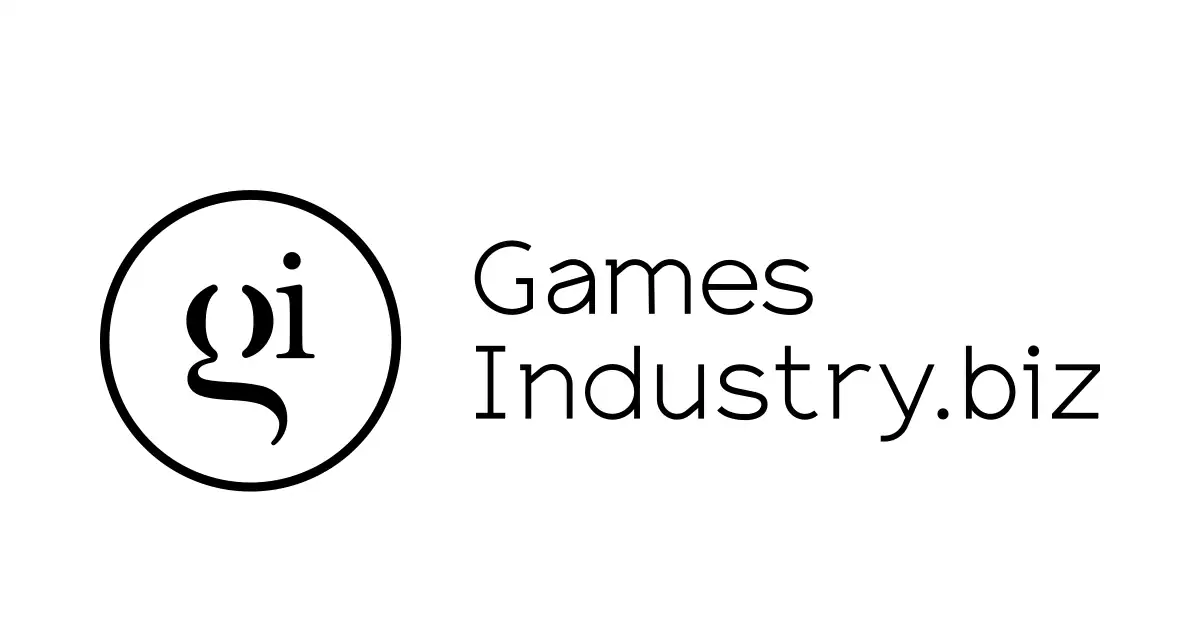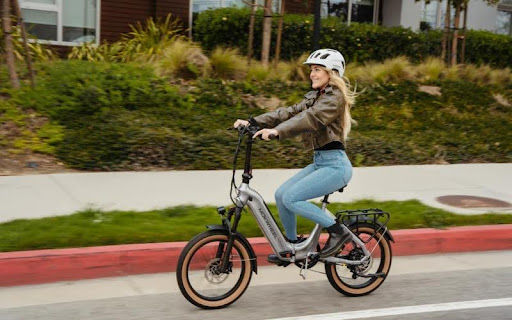The worlds of animation, digital marketing, and education have always had one big thing in common: they rely on storytelling. Now, thanks to cutting-edge technology—from artificial intelligence (AI) to advanced 3D render engines—animation has evolved from a novelty into a powerful medium that brings brand visions, lessons, and creative ideas to life in ways once thought impossible.
In this article, we’ll explore how tech-driven animation is reshaping digital marketing campaigns, enhancing educational experiences, and even revolutionizing brand storytelling. We’ll also consider insights from experts at ProfileTree.com—a leading digital agency—and discover how creative platforms like EducationalVoice.co.uk are harnessing animation for engaging learning outcomes.
- Why Animation Is at the Heart of Modern Branding
Animation is no longer confined to children’s cartoons or big-budget Pixar films. Today, motion graphics, 2D/3D visuals, and animated explainer videos flood our social feeds, website landing pages, and digital ad campaigns. Why the surge in popularity and how to optimize your AR performance?
- Captivating Visual Appeal
- Animation captures attention far more effectively than static imagery. Whether it’s a short GIF or a full-length video, the movement hooks users immediately—crucial in a digital landscape brimming with content.
- Easier Storytelling
- Storyboards, character arcs, and narrative flow can convey complex ideas in seconds. That’s why many tech product demos, financial explainers, or software tutorials leverage animated visuals to simplify abstract concepts.
- Universal Accessibility
- Even audiences who speak different languages or come from different cultures can grasp a story told visually. Animation transcends linguistic barriers, making it a potent tool for global marketing campaigns.
- Memorable Branding
- Custom characters, color palettes, and stylized motion help brands stand out. Audiences often recall a brand’s animated sequence or mascot more readily than a forgettable product shot.
Ciaran Connolly, Director of ProfileTree, captures this perfectly:
“Animation opens the door to infinite creativity in brand storytelling. It removes the usual production constraints and lets you shape narratives limited only by your imagination.”
- The Rise of Tech-Driven Animation
What’s fueling the meteoric rise of animation in marketing and education? The answer lies in technological innovation.
2.1 Advancements in Rendering and Software
From Adobe After Effects to Toon Boom and Blender, software tools have become more user-friendly yet powerful. Even small teams can produce cinematic-quality content. Features like real-time rendering and GPU acceleration drastically cut production time, giving rise to agile workflows.
2.2 Artificial Intelligence (AI)
AI is infiltrating virtually every sector, and animation is no exception. Here’s how AI plays a role:
- Automated In-Betweening: Traditional animators spend countless hours drawing frames between key poses (“in-betweens”). AI can intelligently fill these frames, saving time and resources.
- Facial Motion Capture: Tools can track a person’s facial expressions in real time and map them onto animated characters, enabling more authentic facial animations.
- Style Transfer: Some AI models allow designers to apply specific art styles to animations instantly—reimagining the same sequence in drastically different visuals.
- Predictive Editing: By analyzing vast libraries of animations, AI can suggest camera angles, transitions, or even color schemes that align with brand guidelines.
2.3 Cloud Collaboration
Gone are the days when entire animation teams had to huddle in the same studio. Cloud-based software lets remote teams work simultaneously on the same animation project. Not only does this accelerate production, but it also widens the talent pool for brands seeking specialized skills.
- Animation in Digital Marketing: Key Trends
Now that we’ve established the technological backdrop, let’s look at some marketing-specific applications for animation.
3.1 Animated Explainer Videos
A staple of modern marketing, explainer videos break down complex products or services in a concise, visually engaging format. Whether it’s a cloud-based software solution or an online subscription box, a 60- to 90-second animated clip can tell a story more effectively than a 1,000-word sales page.
Quick Fact: According to Wyzowl’s 2023 Video Marketing Statistics, 87% of marketers said that video helped them increase traffic, and 94% reported that videos helped users gain a better understanding of their product or service.
3.2 Motion Graphics in Social Media Campaigns
Short, snackable animations on social channels like TikTok, Instagram, or YouTube Shorts are perfect for capturing fleeting user attention. A compelling 15-second animation featuring brand mascots or playful typography can boost brand recall and encourage shares.
Pro Tip: Keep these social animations branded yet minimal. Overly complicated visuals can overwhelm the viewer within a short time frame.
3.3 Interactive Animation on Landing Pages
When you integrate motion graphics with interactive elements, you get a more immersive landing page experience. Whether it’s an animated progress bar that lights up as a user scrolls or a dynamic 3D product model they can spin around, interactive visuals can significantly reduce bounce rates and boost dwell time—a positive signal for SEO.
3.4 AR and VR Experiences
Augmented Reality (AR) and Virtual Reality (VR) are advanced frontiers of animation. From VR hotel tours to AR product demos, these experiences offer a hyper-realistic feel while retaining the creative flair of animation. With the right promotional strategy, such unique experiences can go viral and significantly elevate brand awareness.
- Animation in Education: Bringing Lessons to Life
Marketing may be the most visible beneficiary of animation, but education is catching up fast. In an era of remote learning and online platforms, the ability to hold a student’s attention can be a monumental challenge. Interactive and well-crafted animations come to the rescue.
4.1 Simplifying Complex Concepts
Physics formulas, historical timelines, biological processes—many subjects involve abstract or intricate details. Animated models and 2D/3D demos can break these down in ways a textbook cannot. For instance:
- Biology Lesson: A 3D animated bloodstream highlighting how white blood cells attack pathogens.
- History Class: A stylized timeline that sequentially animates major historical events, giving students a visual anchor for memorization.
4.2 Engagement and Retention
Animation naturally sparks curiosity. Students of all ages—K-12, university, or adult learners—find it easier to stay focused when lessons are visually dynamic. As attention spans wane in the digital age, educators see improved retention metrics when using animated explainer segments.
4.3 Flexible Learning Paths
Educational platforms—like EducationalVoice.co.uk—use animated modules, tutorials, or interactive quizzes that adapt to user performance. This personalization fosters a sense of ownership over one’s learning journey.
4.4 Virtual Field Trips
AR and VR also have educational value. Imagine a virtual field trip to ancient Rome where students can virtually “walk” among animated ruins, watch re-enacted daily life, and interact with historical figures. Such immersive experiences go far beyond reading static materials, instilling a deeper understanding.
- Getting Started with Tech-Driven Animation
Whether you’re a marketer aiming to spice up your brand identity or an educator looking to liven up online courses, here are some practical steps:
- Outline Your Objectives
- Define what you want from the animation: brand awareness, product explanation, educational clarity, or pure entertainment. Clear goals lead to better conceptualization.
- Choose the Right Tools
- For 2D animations, consider Toon Boom or Adobe Animate. For motion graphics, Adobe After Effects is standard. If you’re venturing into 3D, explore Blender or Cinema 4D.
- AI-based plugins or platforms can simplify tasks like lip-sync, color palette suggestions, or even generating storyboards.
- Consider Outsourcing for Complex Work
- If you lack in-house experts, partner with specialists. For instance, ProfileTree.com offers digital marketing solutions that often integrate advanced animation and web design to help brands flourish.
- Collaboration ensures that you tap into seasoned animators and creative directors who can transform ideas into polished, professional results.
- Incorporate Feedback Loops
- Animation is iterative. Seek input at every stage—concept art, storyboards, animatics, and final rendering. This approach fosters a strong final product and avoids expensive reworks late in the process.
- Optimize and Distribute
- Once the animation is done, it’s not enough to post it randomly.
- Compress files for fast loading—vital for user experience and SEO.
- Embed or share on relevant platforms, from your brand website to YouTube or LinkedIn.
- Monitor performance through analytics. If your educational video or marketing spot underperforms, pivot the approach.
- Measuring Success
How do you know if your animated content is paying off? Here are some metrics to track:
- Engagement Rate
- For social media campaigns, measure likes, shares, and comments. These indicate whether the animation resonates or not.
- View-Through Rate (VTR)
- On platforms like YouTube, VTR reveals how many viewers watch through the entire video. A high VTR often correlates with well-paced, compelling animation.
- Conversion Rate
- If your animation is part of a landing page funnel, how many viewers convert into leads or customers?
- Learning Outcomes
- Educational platforms often measure test scores, quiz completion rates, or time on page. If these metrics improve post-animation, it’s a sign your visuals are aiding comprehension.
- SEO Metrics
- Reduced bounce rates and longer dwell time can signal to search engines that your page content is valuable. Over time, well-structured pages featuring relevant animations may climb higher in search results.
- Future Possibilities: AI, XR, and Beyond
The trajectory of tech-driven animation shows no sign of slowing. Extended Reality (XR)—a blanket term for VR, AR, and Mixed Reality—could merge animation even more seamlessly with our physical environments. Meanwhile, advanced AI:
- Generative Storytelling: Tools that not only animate for you but also create entire story concepts or branching narratives based on user input.
- Volumetric Capture: Full 3D scans of people or objects for immersive educational or brand experiences.
- Contextual Animations: Real-time personalization, where AI tailors on-screen characters or tutorials to each viewer’s profile or preferences.
Ciaran Connolly shares a forward-looking perspective:
“We’re only at the tip of the iceberg. As AI evolves, we’ll see animation become an even more natural interface for sharing information—whether it’s guiding a user through a complex piece of software or teaching a classroom of students about space exploration.”
- Bringing It All Together
Animation is versatile, engaging, and increasingly powered by cutting-edge technology. For marketers, it breathes life into campaigns, turning even the driest product pitch into a visual narrative. For educators, it enriches lessons and fosters deeper understanding among learners. Tools and platforms are more accessible than ever, and thanks to AI, the process of producing stunning animations continues to speed up and scale down in cost.
Still, success hinges on more than software. It requires creativity, collaboration, and clarity of purpose. Brands must ensure animations align with core messaging, while educators must integrate visuals thoughtfully into a broader lesson plan. This is why partnering with specialized digital agencies—such as ProfileTree.com—and innovative learning platforms like EducationalVoice.co.uk can lead to synergistic outcomes, combining technology with storytelling expertise.
It pays to remain open to the frontiers of animation—from AR tours to generative AI. Whether you’re forging a new marketing campaign or designing an engaging curriculum, animation stands ready to captivate, educate, and delight. As the tech behind it continues to advance, our capacity to create memorable visual experiences will only broaden, leaving a lasting impact across industries and audiences alike.






